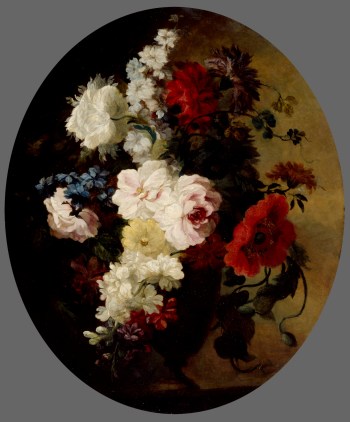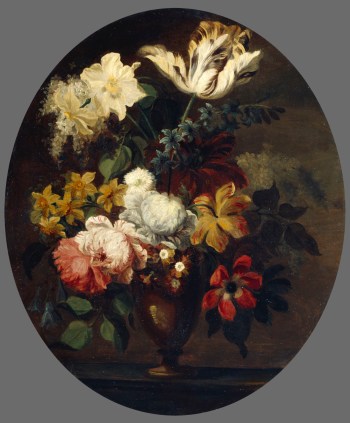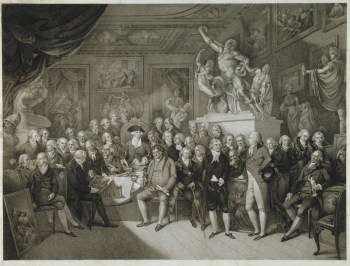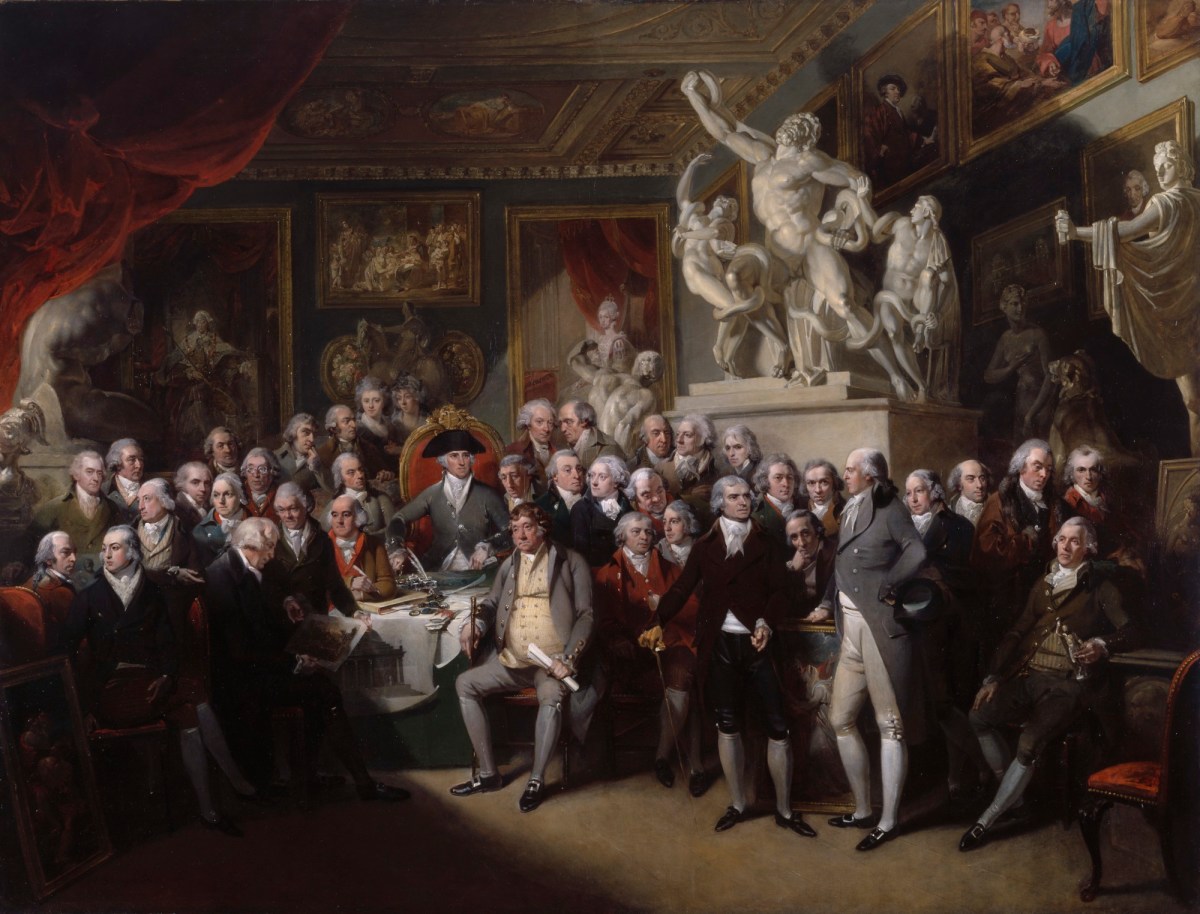
Henry Singleton, The Royal Academicians in General Assembly, 1795.
Oil on canvas. 2001 mm. © Photo: Royal Academy of Arts, London. Photographer: John Hammond.
This image is not available to download. To licence this image for commercial purposes, contact our Picture Library at picturelibrary@royalacademy.org.uk
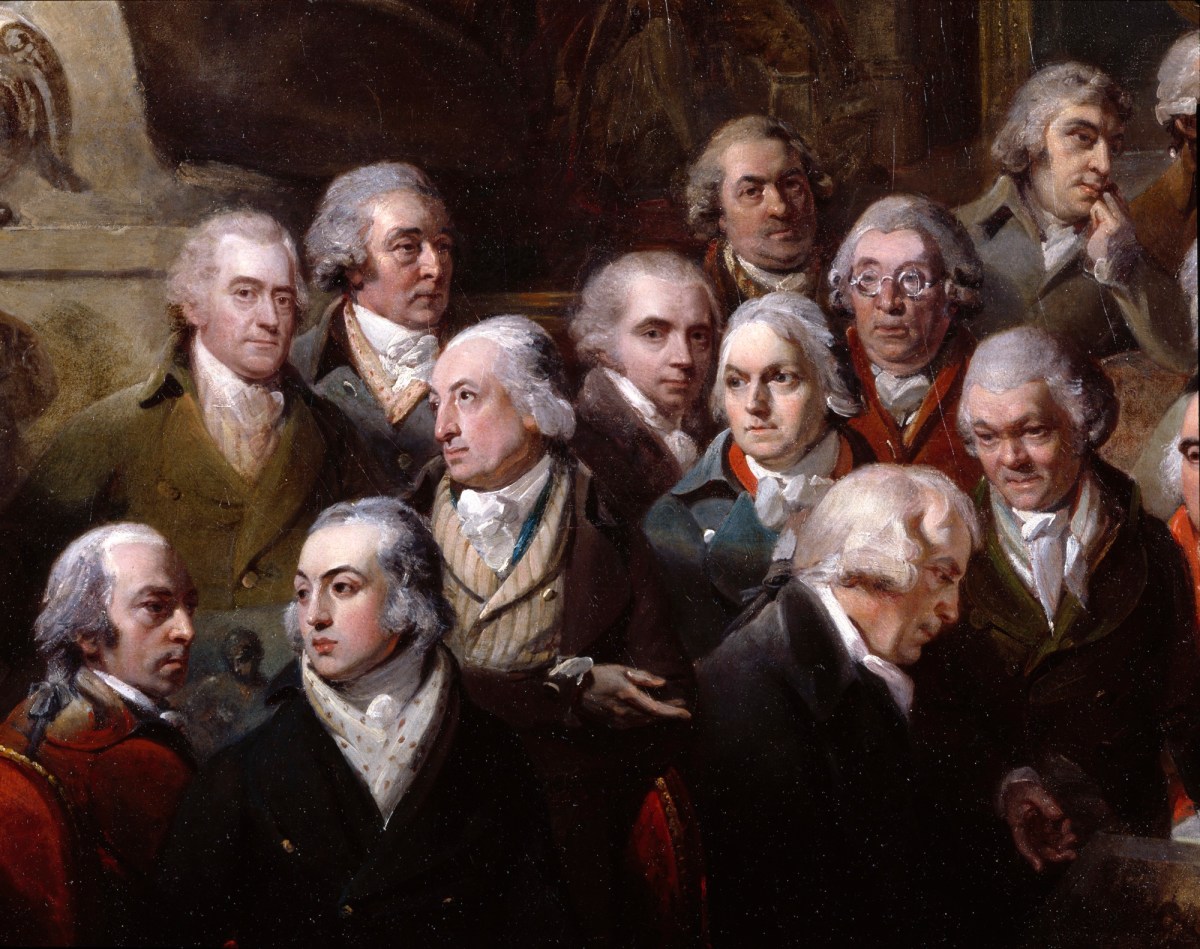
Henry Singleton, The Royal Academicians in General Assembly, 1795.
Oil on canvas. 2001 mm. © Photo: Royal Academy of Arts, London. Photographer: John Hammond.
This image is not available to download. To licence this image for commercial purposes, contact our Picture Library at picturelibrary@royalacademy.org.uk
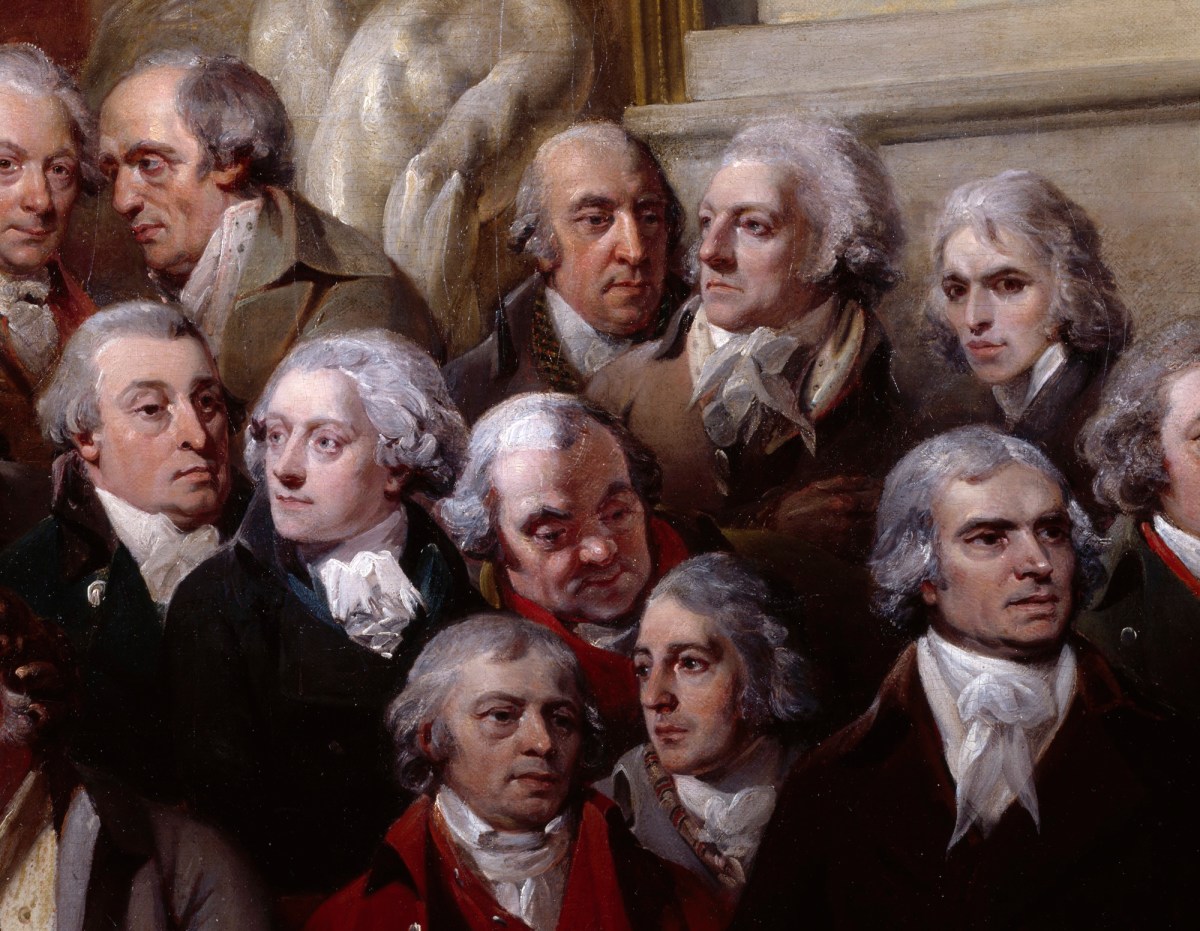
Henry Singleton, The Royal Academicians in General Assembly, 1795.
Oil on canvas. 2001 mm. © Photo: Royal Academy of Arts, London. Photographer: John Hammond.
This image is not available to download. To licence this image for commercial purposes, contact our Picture Library at picturelibrary@royalacademy.org.uk
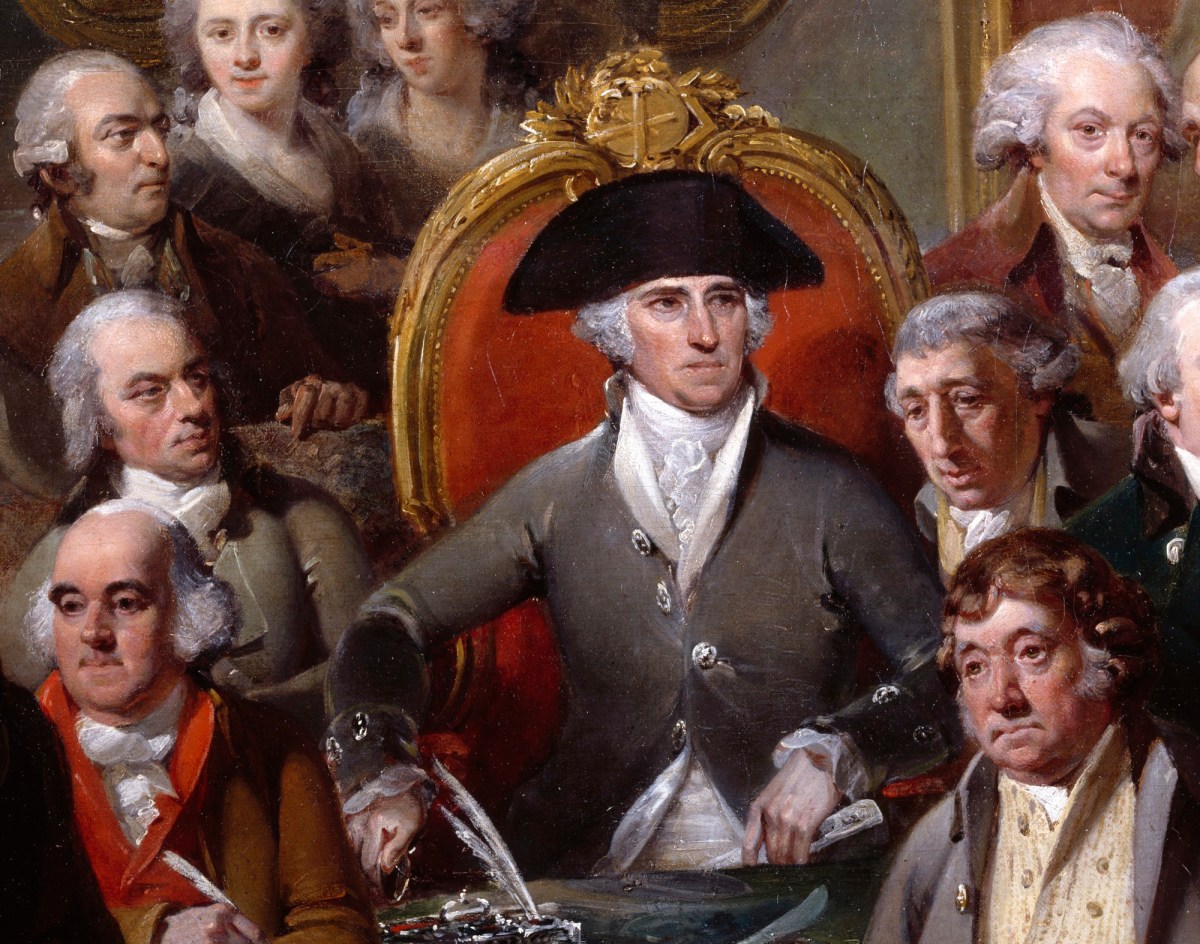
Henry Singleton, The Royal Academicians in General Assembly, 1795.
Oil on canvas. 2001 mm. © Photo: Royal Academy of Arts, London. Photographer: John Hammond.
This image is not available to download. To licence this image for commercial purposes, contact our Picture Library at picturelibrary@royalacademy.org.uk

Henry Singleton, The Royal Academicians in General Assembly, 1795.
Oil on canvas. 2001 mm. © Photo: Royal Academy of Arts, London. Photographer: John Hammond.
This image is not available to download. To licence this image for commercial purposes, contact our Picture Library at picturelibrary@royalacademy.org.uk

Henry Singleton, The Royal Academicians in General Assembly, 1795.
Oil on canvas. 2001 mm. © Photo: Royal Academy of Arts, London. Photographer: John Hammond.
This image is not available to download. To licence this image for commercial purposes, contact our Picture Library at picturelibrary@royalacademy.org.uk
The Royal Academicians in General Assembly, 1795
Henry Singleton (1766 - 1839)
RA Collection: Art
Royal Academicians are meeting in a ‘General Assembly’ to judge which works by students should be awarded medals. The second RA President Benjamin West is seated in the President’s ‘Throne’. Across the table from West, in a yellow waistcoat, is Treasurer Sir William Chambers, architect of Somerset House, where the scene is set.
The Royal Academy has always had an art school. At first the Academicians ran it and much of the business at Academy meetings concerned the performance of students. The RA Schools, as they are known, continue today and many Academicians contribute their time in a variety of ways, but the operation of the Schools has long been fully professionalised with paid staff. Meetings of General Assembly still take place regularly, but they no longer examine students’ work.
In this painting, works by students can be seen in the lower part of the picture, current Academicians occupy the central part, and above them are works of art owned by the Academy – both casts of antique sculpture and contemporary works by academicians. To a degree, the painting is structured around themes of past, present and future.
Behind President Benjamin West, to the left, are Angelica Kauffman and Mary Moser, the two founding women Academicians. They might be seen as relegated to the background but Elizabeth Eger says Singleton produced ‘a rare naturalistic portrayal of Kauffman and Moser, assured and at ease among their male contemporaries and set by the painter at the apex of the arrangement of figures.’ (Eger 2010 p.49) As women, Kauffman and Moser did not in fact attend meetings of the General Assembly, so would not have been present. Seated to the left of the table is Thomas Sandby, Professor of Architecture, who is looking at architectural drawings by students (this portrait closely resembles another portrait of Sandby by Singleton in the collection). The young Thomas Lawrence, recently elected as an Academician, sits second from the left wearing a spotted cravat. The standing figures to the right are John Singleton Copley (with a walking stick) and Joseph Farington, who rests his hand on a student’s painting. At the far right, sculptor John Bacon holds a student’s sculpture and rests his arm on a low-relief sculpted portrait.
Singleton shows the Academy as a high-status organisation about three decades after it was founded. The Academicians are gathered for the purpose of awarding Premiums, or medals, for artworks depicting set subjects. In 1794, for instance, the gold-medal painting subject was drawn from Act II, Scene iv of Shakespeare’s Troilus and Cressida: ‘Cassandra coming into the Council… to consist of not less than three figures… the principal figure to measure not more than two feet in height, nor less than twenty inches.’ They sit in a room in the Academy’s part of Somerset House variously known as the Council Room, the Assembly Room, the Lecture Room and the Second Room of the Antique Academy. (Simon 2018 p.176).
The scene is idealised—while attendance at the medal-awarding General Assembly Meetings at this time was below 30 people, Singleton has depicted forty Academicians, including. Sir William Beechey, who was not elected as an RA until three years after the picture was painted.The picture is at least partly based on individual portraits done by Singleton, although the image of Richard Westall seems to be based on his Self-portrait in the RA Collection (03/286).
In his diary, Joseph Farington recorded various disagreements about the arrangement of Academicians. George Dance ‘had declared to me that he would not sit for his portrait in Singleton’s Academic picture, since the Architects were to be placed only in the background.’ This proposal changed and in the painting Dance is closer to the front. ‘Barry on seeing the picture consented to sit for his portrait which he had before refused thinking the distribution of situations not sufficiently equal.' ‘Nollekens is also dissatisfied with his situation.’
The works of art included in the painting are, from left to right: Cast of Menelaus; cast of the 'Belvedere Torso'; Sir Joshua Reynolds, Portrait of George III (03/1303); Benjamin West, Christ Blessing Little Children (03/1028); Mary Moser, Spring (03/684) and Summer (03/491); Agostino Carlini, Study for an Equestrian statue of George III (03/1684); Sir Joshua Reynolds, Portrait of Queen Charlotte (03/1304); cast of the 'Borghese Gladiator'; cast of the 'Laocoön'; Sir Joshua Reynolds, Self-Portrait (03/1394); John Singleton Copley, The Tribute Money (03/994); John Yenn, Architectural Elevation (03/4154); Mason Chamberlin, Portrait of Dr. William Hunter (03/712); cast of the 'Venus de Medici' (possibly 03/1481, which was given by the Duke of Gloucester in 1779); cast of the 'Dog of Alcibiades'; cast of the 'Apollo Belvedere'. The painting partially shown in the top right corner is John Francis Rigaud, Samson and Delilah (03/1087).The ceiling includes Angelica Kauffman Design (03/1129) and Composition (03/1131), formerly in the ceiling of the Lecture Room and now in the ceiling of the entrance hall of Burlington House.
The casts shown were in the collection of the RA but are generally not the same as the casts currently in the RA collection. The Belvedere Torso and the Laocoön currently in the RA Collection were gifts from the Prince Regent in 1816 . The Borghese Gladiator currently in the collection was purchased from Domenico Brucciani & Co (London) in the late 19th or early 20th century and the collection no longer includes casts of 'Dog of Alcibiades' or the 'Apollo Belvedere'.
The painting seems to have been commissioned by Charles Bestland to serve as the source of an engraving, published in 1802. It has been suggested that Singleton hoped that the RA would purchase the work, perhaps inspired by the Academy’s 25th Anniversary, which fell in December 1793. However, the picture was not purchased by the RA and not even exhibited until 1822. Philip Hardwick RA gave it to the RA in 1861.
Related Works
Study in pen and brown ink with grey wash on blue paper, 330 x 550mm, British Museum 1935.0103.27. The British Museum online catalogue observes that the drawing has some points in common with the RA painting. However, ‘in other respects, especially that of the persons represented and their grouping, the drawing differs considerably from the painting… The central figure, seated judging students’ work, appears to be Joseph Farington.’ The centre foreground of the drawing appears to show several students with their work, ready to be submitted for judging.
First proof after rebiting of stipple engraving by Charles Bestland March 29 1800 (eg RA 03/5028)
Stipple engraving by Charles Bestland, published May 1 1802 entitled ‘Portraits of the Royal Academicians’ (Full title ‘To the King’s Most Excellent Majesty,/ This print, representing Portraits of the Royal Academicians,/ is humbly Dedicated by His Majesty’s most Devoted Servant and faithful Subject, C. Bestland.’ eg NPG D10716)
Stipple engraving by Charles Bestland, published May 1 1802 entitled ‘The Royal Academicians Assembled in their Council Chamber, to Adjudge the Medals to the Successful Students in Painting, Sculpture, Architecture and Drawing’ (Full title ‘To the King’s Most Excellent Majesty,/ This print of The Royal Academicians Assembled in their Council Chamber,/ to Adjudge the Medals to the Successful Students in Painting, Sculpture, Architecture and Drawing,/ Is humbly Dedicated by his Majesty’s most Devoted Servant & faithful Subject C. Bestland’ eg RA 04/1239; BM 1856,0614.271. NB the BM online catalogue describes this work as a ‘stipple etching’)
Key to the Plate of the Royal Academicians, stipple etching by Charles Bestland 1802 (eg British Museum 1856,0614.272; NPG D36021) There is also a post-1852 reproduction of the print and the key in the RA Collection (10/230)
Further Reading
Robin Simon, 'Henry Singleton Royal Academicians in General Assembly, 1795' in Robin Simon (ed) The Royal Academy of Arts: History and Collections, 2018, p.176
Elizabeth Eger, Bluestockings: Women of Reason from Enlightenment to Romanticism, 2010
Edward Croft-Murray, A Drawing of the Royal Academy by Henry Singleton, British Museum Quarterly, Vol 9 No 4, May 1935 pp. 106-108
Supported by the Dr Lee MacCormick Edwards Charitable Foundation
Supported anonymously in loving memory of Catarina Vikingsdotter
Object details
2001 mm
Associated works of art
14 results
-
![Unknown, Frame for Henry Singleton 'The Royal Academicians in General Assembly']()
Unknown
Frame for Henry Singleton 'The Royal Academicians in General Assembly', 1795
-
![Henry Singleton, Portrait of Thomas Sandby, R.A.]()
Henry Singleton
Portrait of Thomas Sandby, R.A., 1793
Oil on canvas
-
![Agostino Carlini RA, Model for an Equestrian Statue of King George III]()
Agostino Carlini RA
Model for an Equestrian Statue of King George III, 1769
Gilded plaster with metal and string bridle
-
![Mary Moser RA, Summer]()
Mary Moser RA
Summer, ca. 1780
Oil on canvas
-
![Mary Moser RA, Spring]()
Mary Moser RA
Spring, ca. 1780
Oil on canvas
-
![Benjamin West PRA, Christ blessing Little Children]()
Benjamin West PRA
Christ blessing Little Children, 1781
Oil on canvas
-
![Sir Joshua Reynolds PRA, Portrait of Queen Charlotte]()
Sir Joshua Reynolds PRA
Portrait of Queen Charlotte, 1779
Oil on canvas
-
![Sir Joshua Reynolds PRA, Portrait of King George III]()
Sir Joshua Reynolds PRA
Portrait of King George III, 1779
Oil on canvas
-
![Sir Joshua Reynolds PRA, Self-portrait of Sir Joshua Reynolds, PRA]()
Sir Joshua Reynolds PRA
Self-portrait of Sir Joshua Reynolds, PRA, ca. 1780
Oil on panel
-
![John Singleton Copley RA, The Tribute Money]()
John Singleton Copley RA
The Tribute Money, 1782
Oil on canvas
-
![Mason Chamberlin RA, Portrait of Dr William Hunter]()
Mason Chamberlin RA
Portrait of Dr William Hunter, 1769
Oil on canvas
-
![John Francis Rigaud RA, Samson and Delilah]()
John Francis Rigaud RA
Samson and Delilah, ca. 1784
Oil on canvas
-
![John Yenn RA, 'Architectural Elevation']()
John Yenn RA
'Architectural Elevation', 1791
Pen & ink, grey wash and coloured washes, on heavy laid card support within artist's wash-line border
-
![Henry Singleton, The Royal Academicians in General Assembly]()
Henry Singleton
The Royal Academicians in General Assembly, 1800
Start exploring the RA Collection
- Explore art works, paint-smeared palettes, scribbled letters and more...
- Artists and architects have run the RA for 250 years.
Our Collection is a record of them.



